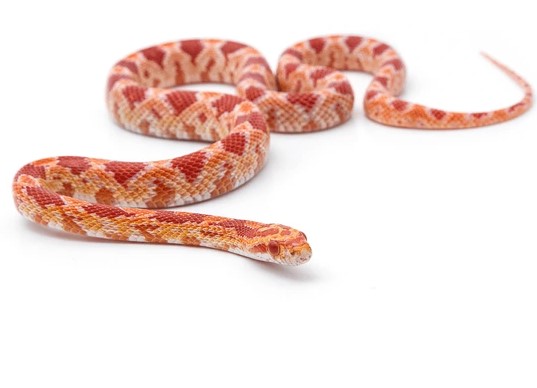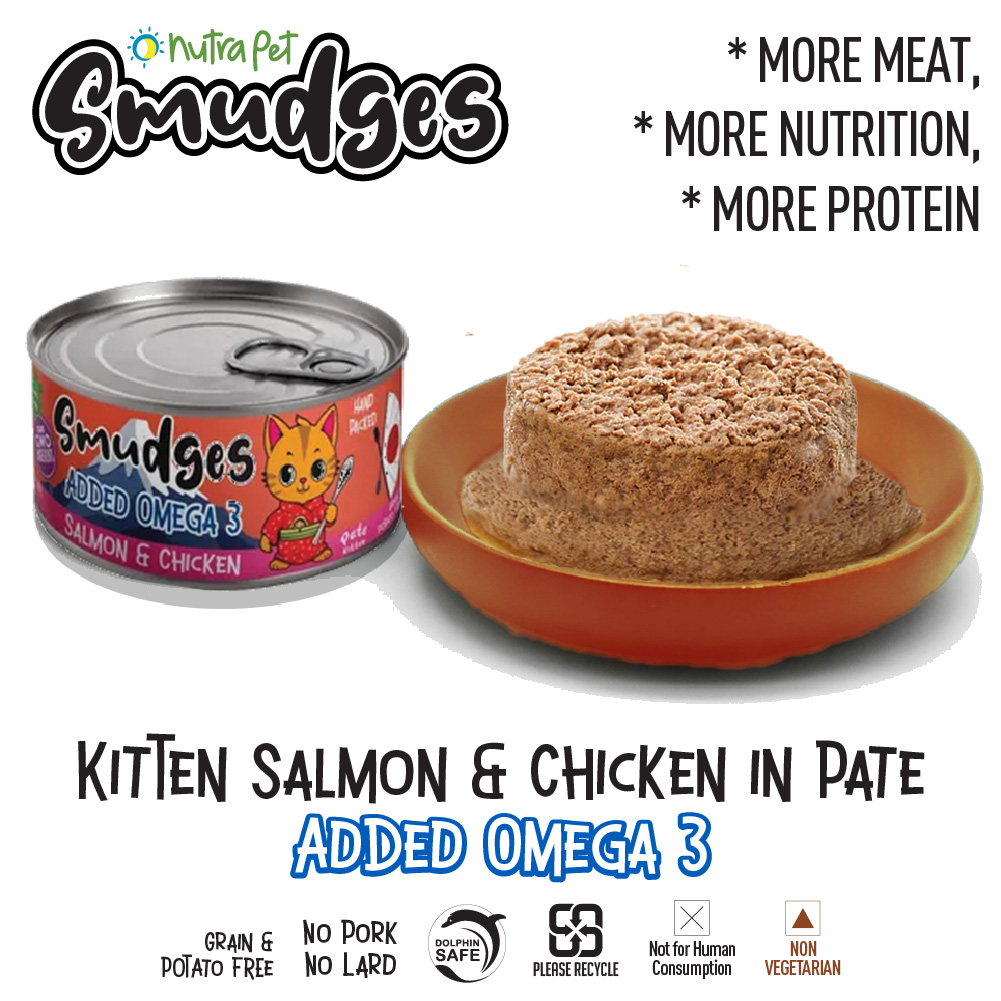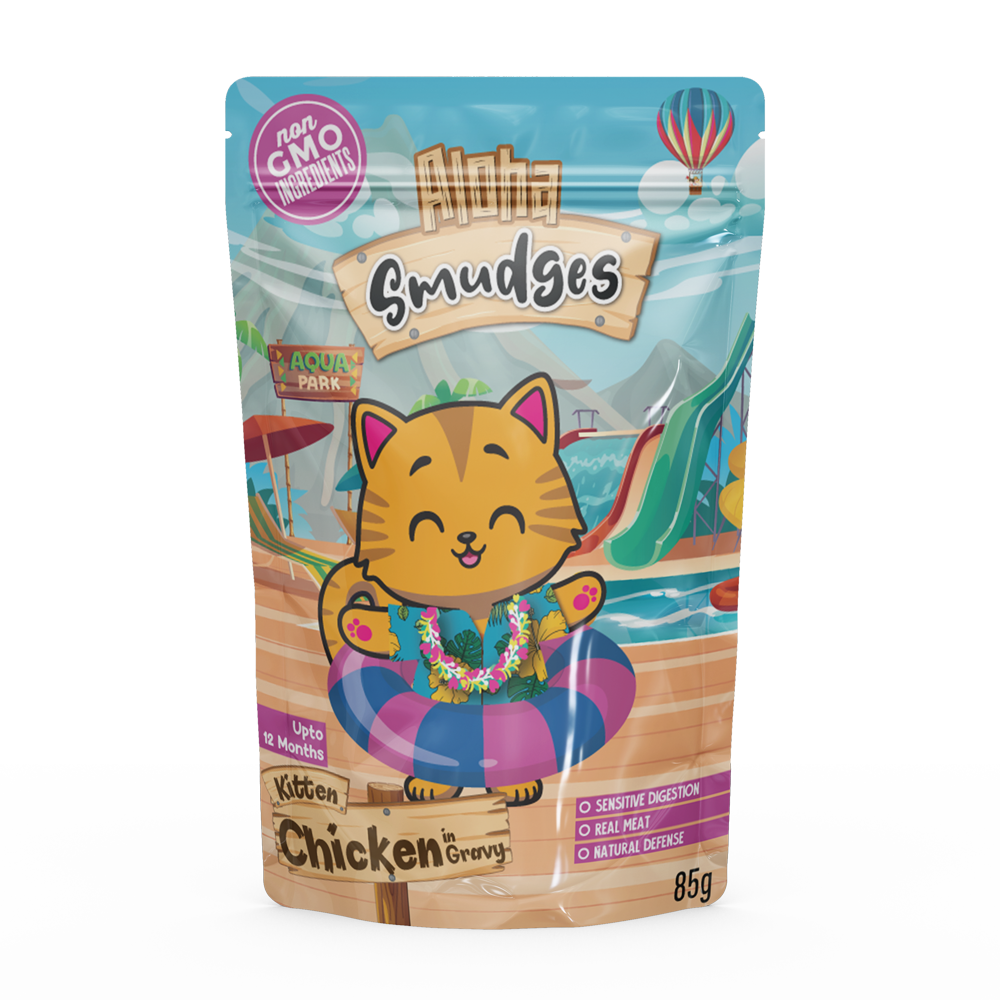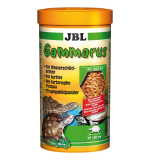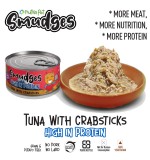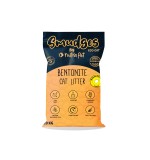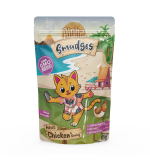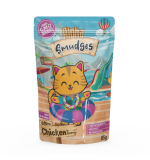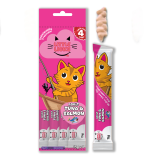Corn snakes (*Pantherophis guttatus*) are one of the most popular pet snakes due to their docile temperament, manageable size, and beautiful color variations. They are relatively easy to care for, making them a great choice for both beginners and experienced reptile keepers. Here’s a comprehensive guide on how to care for a corn snake:
### 1. **Habitat Setup**
#### Enclosure
- **Size**: A **20-gallon tank** is sufficient for hatchlings and juveniles, while adults typically require at least a **40-gallon tank**. Larger enclosures (75 gallons or more) are beneficial for additional space.
- **Type**: A glass terrarium or a plastic reptile enclosure works well. Ensure the enclosure has a secure lid, as corn snakes can escape.
#### Substrate
- **Options**: Suitable substrates include aspen shavings, paper towels, reptile carpet, or cypress mulch. Avoid cedar or pine, as their oils can be harmful to reptiles.
#### Hiding Spots
- **Hides**: Provide at least two hiding spots, one on the warm side and one on the cool side. You can use commercially available hides or create them with logs, rocks, or cardboard boxes.
### 2. **Temperature and Lighting**
#### Temperature
- **Basking Spot**: 85°F - 90°F (29°C - 32°C)
- **Cool Side**: 75°F - 80°F (24°C - 27°C)
- **Nighttime Temperature**: 65°F - 75°F (18°C - 24°C)
Use a heat mat or a basking lamp to achieve these temperatures. Always use a thermometer to monitor temperature levels accurately.
#### Lighting
- **UVB Lighting**: While not absolutely necessary, providing a low-level UVB light can be beneficial for their overall health. If you choose to provide UVB lighting, ensure it is a low-output bulb.
- **Photoperiod**: A 12-hour light/dark cycle is recommended to simulate natural conditions.
### 3. **Humidity**
- **Levels**: Maintain humidity levels between **40% - 60%**. This helps with shedding and overall health.
- **Misting**: Lightly mist the enclosure occasionally to maintain humidity levels, especially during shedding.
### 4. **Feeding**
#### Diet
- **Protein**: Corn snakes are carnivorous and primarily eat rodents. Hatchlings typically eat pinky mice, while adults can consume larger mice or small rats.
- **Feeding Method**: Offer prey that is appropriately sized (about the same diameter as the widest part of the snake’s body). It’s usually best to feed pre-killed or frozen-thawed prey to prevent injury to your snake.
#### Feeding Schedule
- **Hatchlings**: Feed every 5-7 days.
- **Juveniles**: Feed every 7-10 days.
- **Adults**: Feed every 10-14 days.
### 5. **Handling**
- **Temperament**: Corn snakes are generally calm and friendly, making them suitable for handling. They may be a bit defensive when young, but with regular handling, they often become quite tame.
- **Frequency**: Limit handling right after feeding (24-48 hours) to prevent stress and potential regurgitation.
- **Duration**: Start with short handling sessions (10-15 minutes), gradually increasing the duration as the snake becomes more comfortable.
### 6. **Health Care**
- **Regular Checks**: Monitor your corn snake for signs of illness, such as lethargy, lack of appetite, abnormal shedding, or respiratory issues (e.g., wheezing).
- **Shedding**: Corn snakes typically shed every 4-6 weeks. Ensure humidity is adequate to facilitate a smooth shedding process. If they have difficulty shedding, provide a humid hide or mist the enclosure.
- **Veterinary Care**: Regular check-ups with a reptile-savvy veterinarian are recommended, especially if you notice any health issues.
### 7. **Behavior and Enrichment**
- **Activity**: Corn snakes are primarily nocturnal and enjoy exploring their environment. They may bask under a heat source or hide during the day.
- **Environmental Enrichment**: Change the layout of the enclosure occasionally to provide new environments for exploration. Adding climbing branches and varied terrain can keep your snake active and engaged.
### 8. **Breeding**
- **Breeding Season**: If you’re interested in breeding, corn snakes typically breed in the spring. Introduce a male to a female after cooling them down (a process known as brumation) during the winter months.
- **Egg Laying**: After mating, females will lay eggs, which require specific incubation conditions (approximately 80°F with high humidity).
### 9. **Lifespan and Growth**
- **Lifespan**: With proper care, corn snakes can live 15 years or more in captivity.
- **Growth Rate**: They grow relatively quickly, reaching about 4-6 feet in length as adults, with some individuals growing larger.
### 10. **General Tips**
- **Research**: Always research thoroughly and understand the specific needs of corn snakes before bringing one home.
- **Community**: Joining online forums or local reptile groups can provide valuable support and resources for new owners.
### Conclusion
Corn snakes are wonderful pets that offer a lot of personality and charm. With proper care and attention to their habitat, diet, and health, you can enjoy the companionship of a healthy and happy corn snake for many years. If you have any specific questions or need further information, feel free to ask!

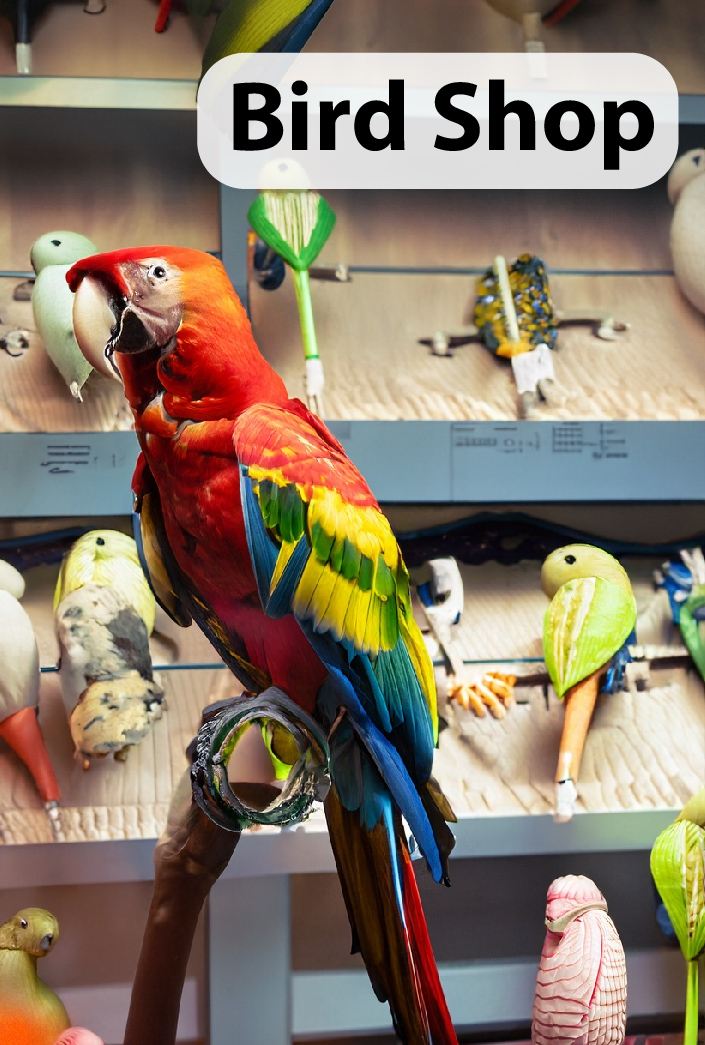

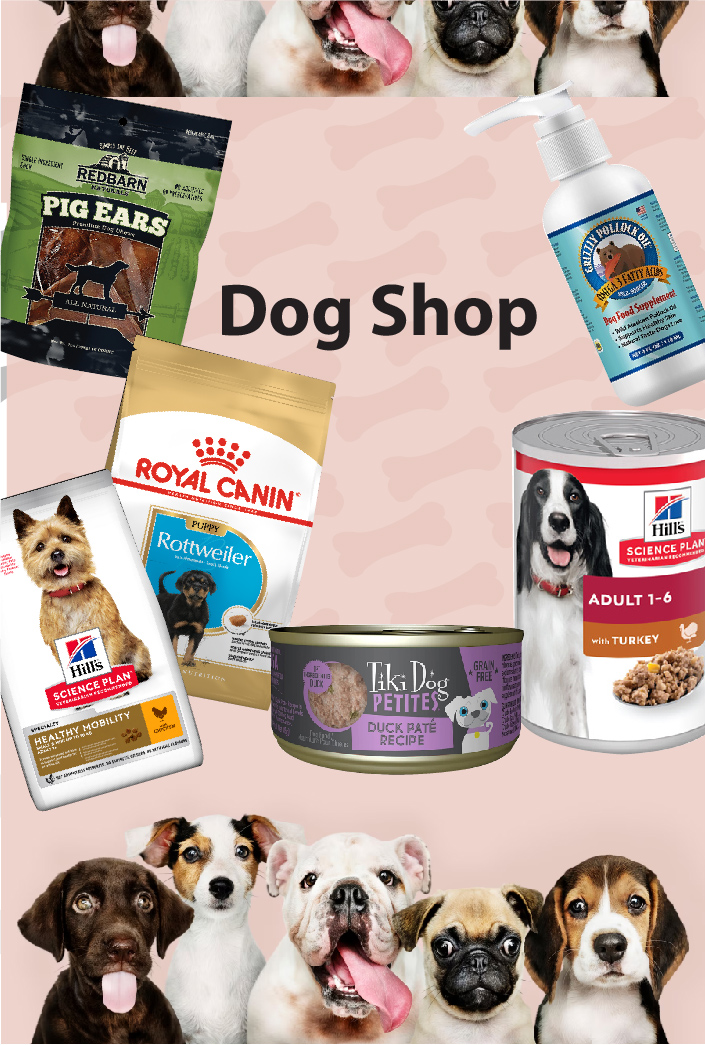
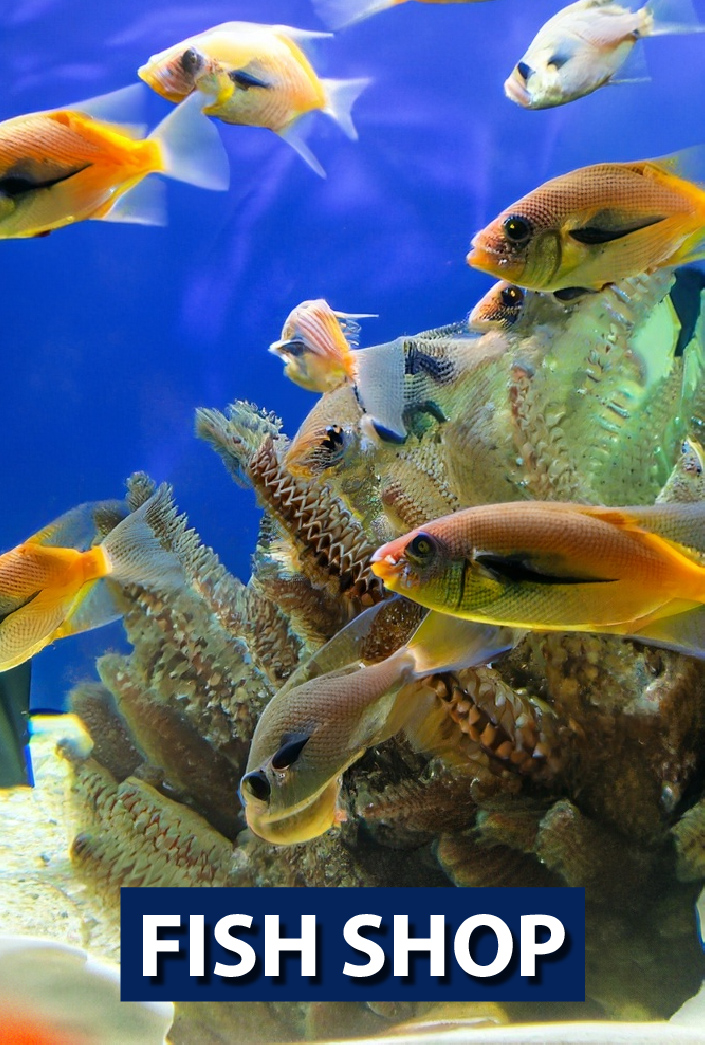
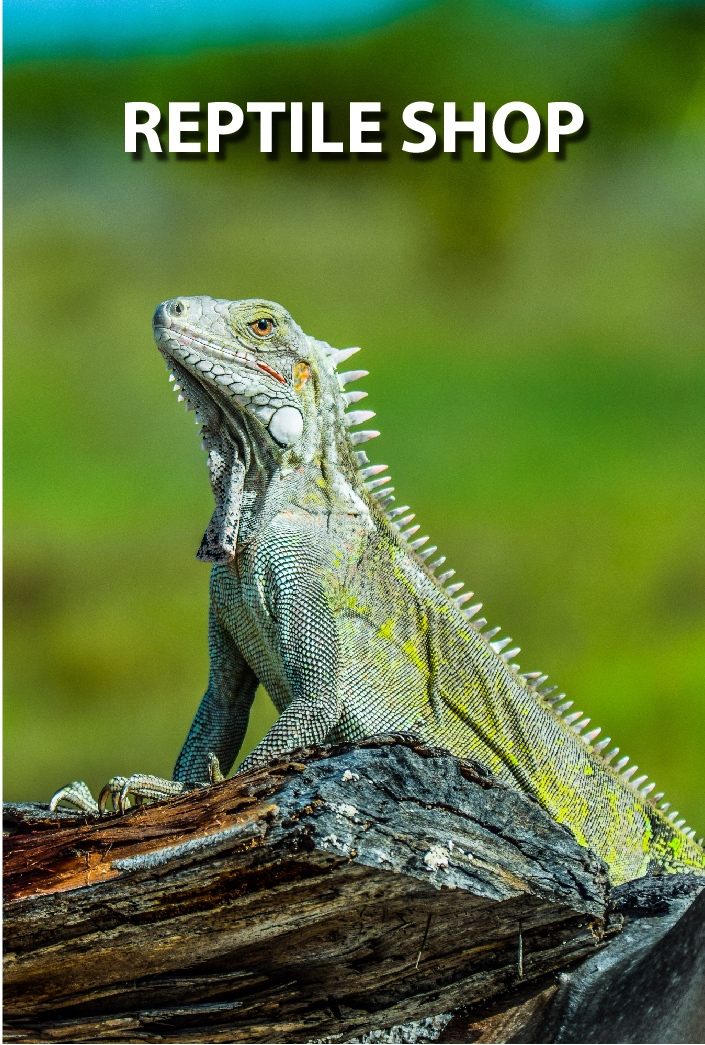
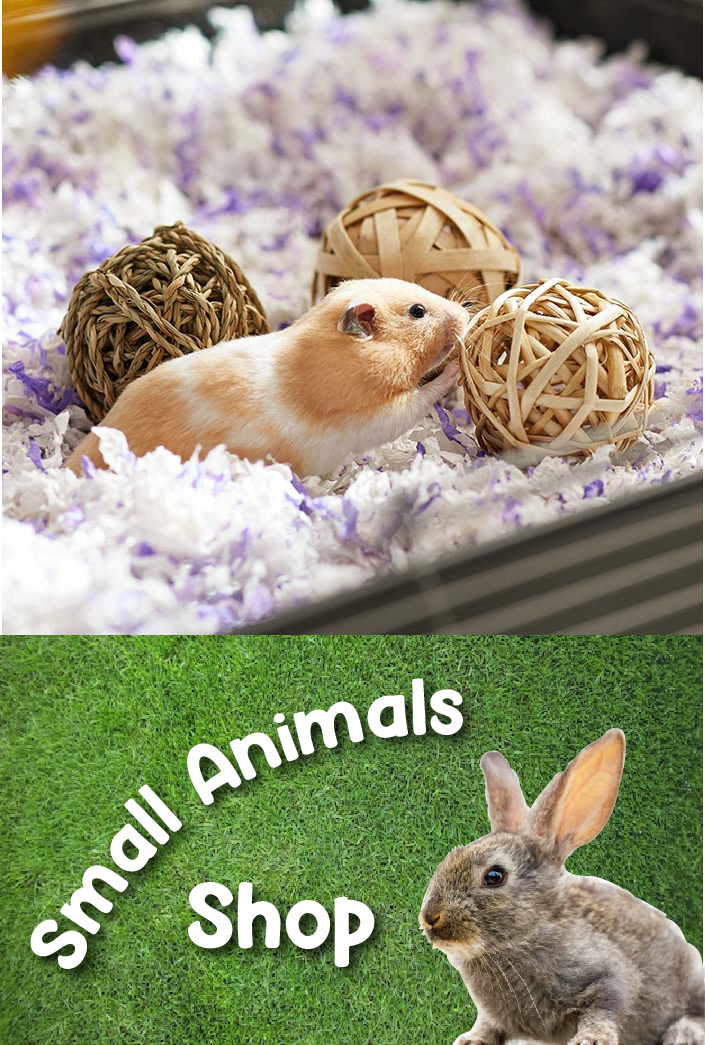
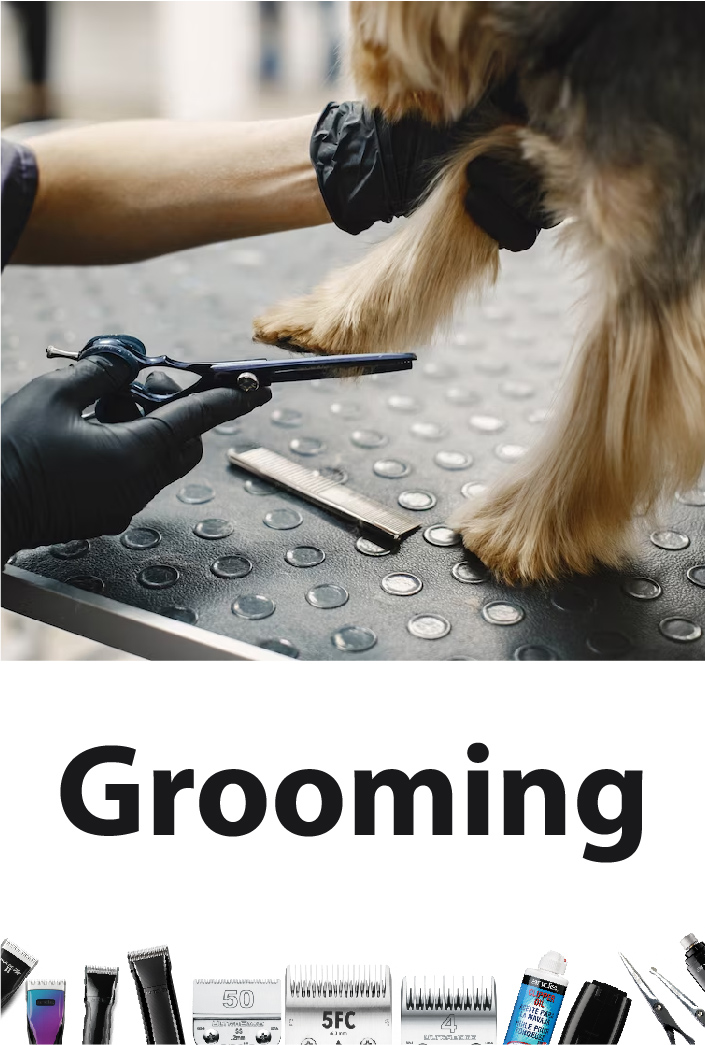



 Next Day Delivery
Next Day Delivery
 60 Min Delivery
60 Min Delivery







